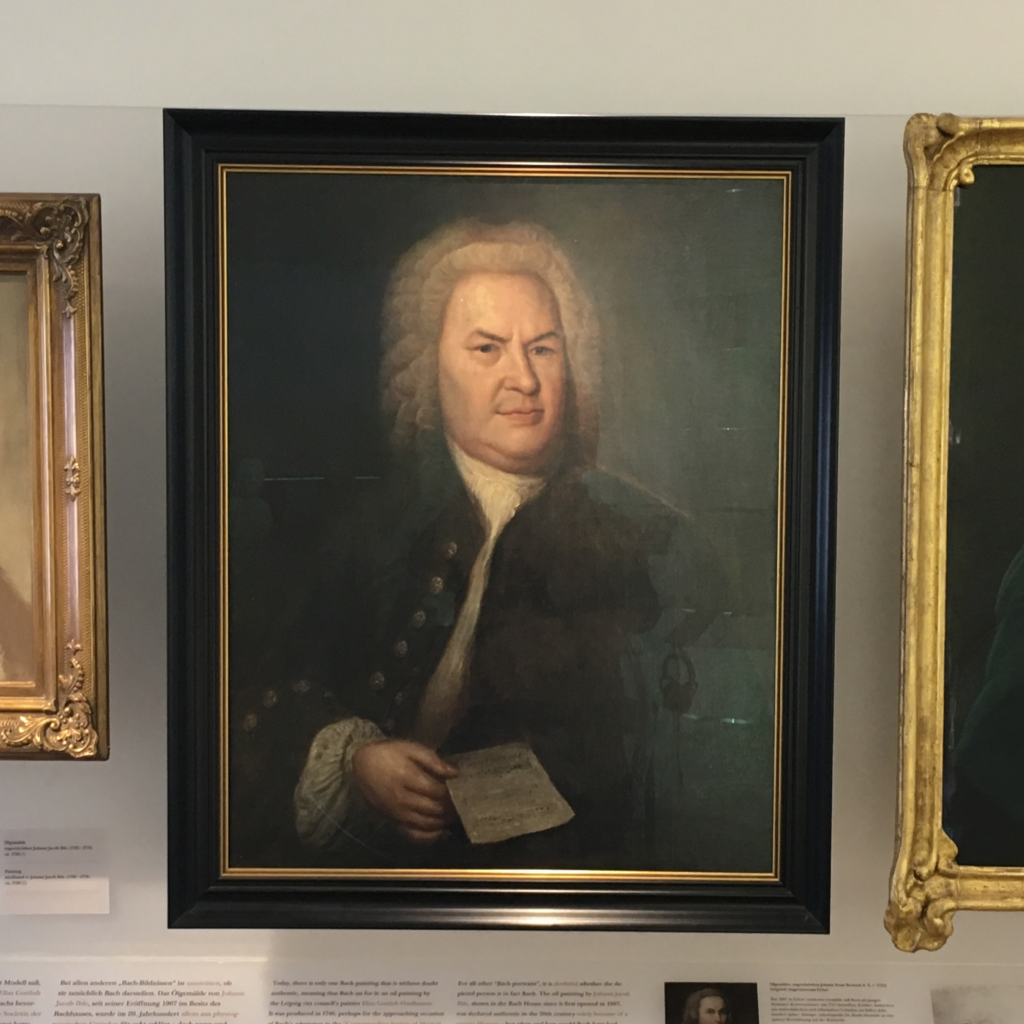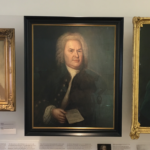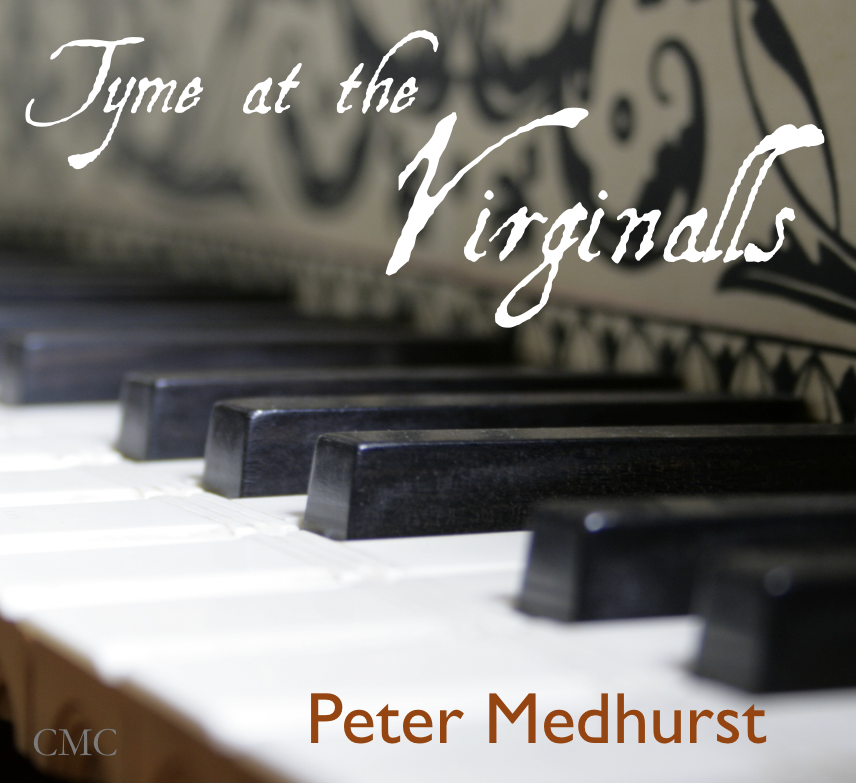Johann Sebastian Bach
(1685 -1750)

Lecture description
Music lovers generally regard JS Bach as the greatest of early 18th century composers. In fact, he is so important in the history of music that we close down the Baroque period with his death in 1750. However, Bach is also one of the most challenging of composers and rarely reveals the subtleties of his music on first or even second hearing, causing some of his listeners to feel distanced from many of the finer moments in his output. This lecture goes beneath the surface of Bach’s music to decode some of his musical symbolism, to reveal some of his working methods and to highlight some of his aesthetic goals.
Peter Medhurst plays JS Bach’s Prelude in F BWV 928 written for his son WF Bach
The instrument played here and lower down this page is a chamber organ built by John Snetzler in 1750
Click here for details of the 2020 Bach tour
About Bach
Many years ago an actress friend of mine climbed onto the stage and delighted her audience by singing a charming little song set to the tune of Bach’s ‘Sheep may Safely Graze’:
 Johann Sebastian Bach a rather well-known composer was also father to . . . . .
Johann Sebastian Bach a rather well-known composer was also father to . . . . .
She then proceeded to go through every one of Bach’s 20 children listing not only their first names, but also their second – and in some cases – their third names as well. She ended by singing:
Carl Phillippe Emanuel, and a pair of twins as well, during this time he had two wives, and in 1750 died.
Well, it’s one of those indisputable facts that every schoolboy learns: Johann Sebastian Bach had 20 children, and many became musicians. What is not often appreciated is that the Bach family was actually a dynasty of composers and musicians – in other words, you could say that music was the family trade.
For example, long before Johann Sebastian Bach was writing music at the beginning of the 18th century, his ancestors had long been active in Thuringen area of Germany, supplying local courts, town councils and small principalities with first class musicians. So far I’ve managed to count 84 Bachs who were active professionally between 1560 & 1846.
Bach’s career
Born in Eisenach in Eastern Germany in 1685, Bach’s career divides into three main sections, with a prelude tacked onto the beginning. The prelude was two organists posts that Bach took
1703 and 1707 in Arnstadt
1708 in Mühlhausen at the St Blasius Church
The three main sections are:
1708 – 1717 composer at the court of Weimar
1717 – 1723 composer at the court of Köthen
1723 – 1750 composer in Leipzig
Peter Medhurst plays JS Bach’s Fughetta in C minor BWV 96
Bach’s importance as a composer
Bach is among a handful of composers working in the early to mid part of the 18th-century who brought the Baroque period to its glorious climax – the others include Handel, D Scarlatti, Corelli and Vivaldi.
Bach’s great contribution to the world of music lies in his organ music, his 200 or so church cantatas, and in his passions – especially the St Matthew Passion and the St John Passion.
He was also one of the great musical theorists and developers of musical form, and his fugues, as well as his canons, are regarded as some of the finest and most complex ever written. His music is still regarded as a challenge, both practically and intellectually, and this lecture – or study day – discusses and explains some of the highlight moments in Bach’s output.
Peter Medhurst sings Zion hört die Wächter singen from Cantata 140 by JS Bach. Jeremy Limb, piano
Click here to view photographs of Peter’s 2017 tour to Bach’s corner of Germany: https://petermedhurst.com/tours/weimar-leipzig-bachs-life-remembered/





![The Scotish [sic] Gigg](https://petermedhurst.com/wp-content/uploads/2012/08/Peter120813untitled-shoot-2.jpg)